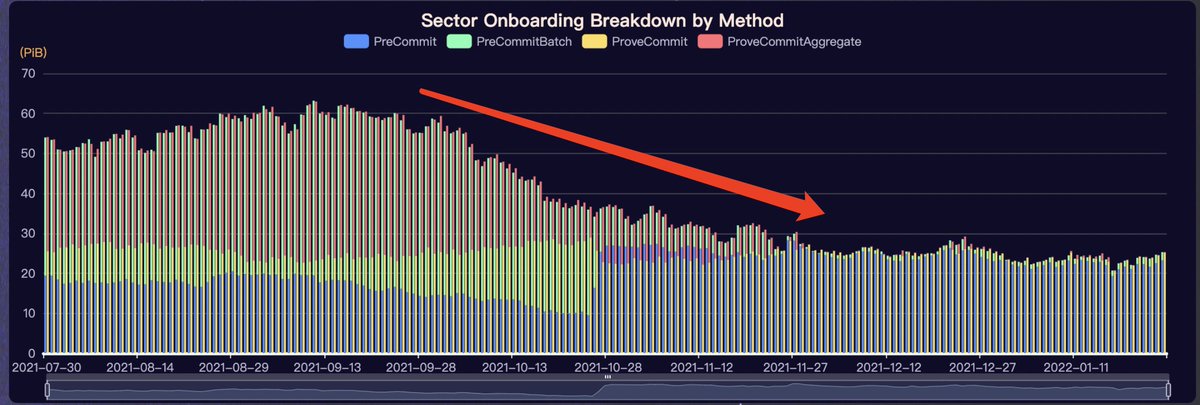
How #NFTs can leverage decentralized data storage solutions like @Filecoin @arweave and @nft_storage to be trustlessly verifiable and immutable (A thread)
While NFTs like #boredapes and #cryptopunks gained a lot of media exposure in the past year, the #NFT movement has also received a lot of criticism and scrutiny due to illegitimate projects and rug pulls.
Despite these, NFTs still ride the wave of popularity, with everyone wanting a piece of the pie. Before dismissing it as a fad, however, it's important to note that NFTs actually form the non-fungible asset layer for #Web3––the backbone for new forms of financial instruments.
Beyond art & collection, NFTs are versatile and can represent any digital assets that aren't fungible, like the on-chain certificate of in-real-life physical assets––e.g. decentralized identities, memberships, credit scores, financial positions, asset bundles, in-game items, etc.
Currently, many exciting projects are utilizing NFTs to build new frontiers in DeFi, GameFi, and Off-chain-to-On-Chain areas e.g. @Uniswap V3 using NFTs to represent LP positions; or @rally and @socol, which are leveraging NFTs to help creators engage with fans more effectively.
NFTs represent the massive potential of a decentralized web, being an example of a financial instrument and process that does not require the participation of intermediaries like banks and large companies.
While it's true that anyone can mint NFTs, the metadata of NFTs are still commonly stored with centralized storage providers and exposed to counterparty risks.
Decentralized data storage solutions like @Filecoin & @arweave are alternatives that reduce centralization risks and provide verifiability for storage. They eradicate a single point of failure that occurs when centralized storage services are down––
––or when NFT issuers stop paying for storage services. Through decentralized services, users will always be able to verify the metadata of their NFTs––whereas centralized cloud services cannot provide this verifiability for storage.
@nft_storage (nft.storage), for instance, provides free decentralized storage & bandwidth for NFTs on Filecoin. A unique URL & Content Identifier (CID) is generated for each NFT's metadata, to allow accurate & trustless verification of the NFT, eliminating rug pulls!
Without a CID, a NFT is practically worthless since it requires an immutable off-chain component in order to meet its value of being completely unique.
@nft_storage is helping drive CIDs as the standard of NFTs while harnessing @IPFS and @Filecoin to provide decentralized storage. To learn more, watch .
Summ: 1) NFTs form the non-fungible asset layer for Web3 economies. Despite >bil-dollar monthly trading volumes, NFTs still have to ensure security & trustlessness.––
––2) Decentralized storage is fundamental for NFTs & their metadata to be constantly verified, safe, & permanently on-chain!
• • •
Missing some Tweet in this thread? You can try to
force a refresh

















